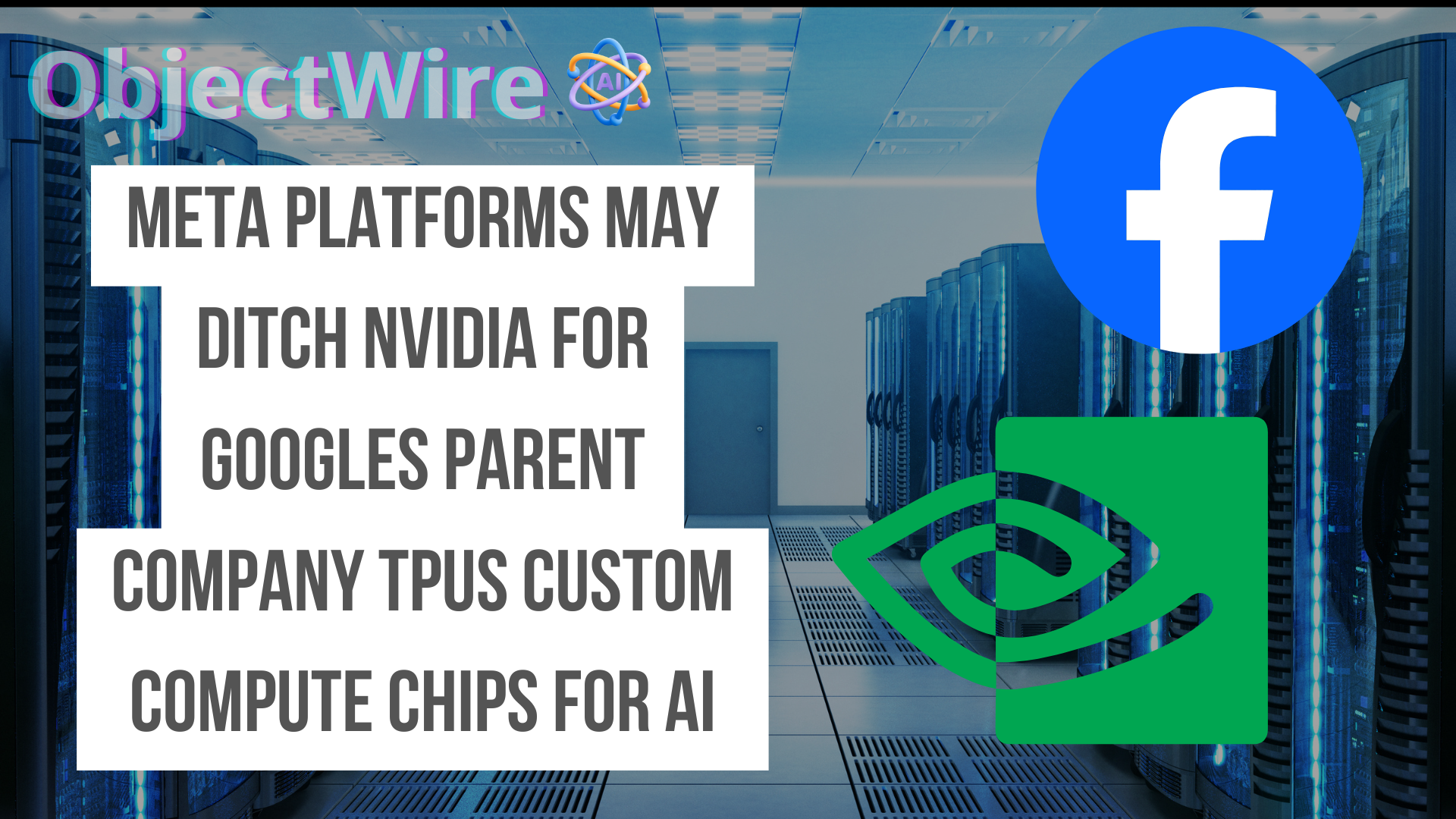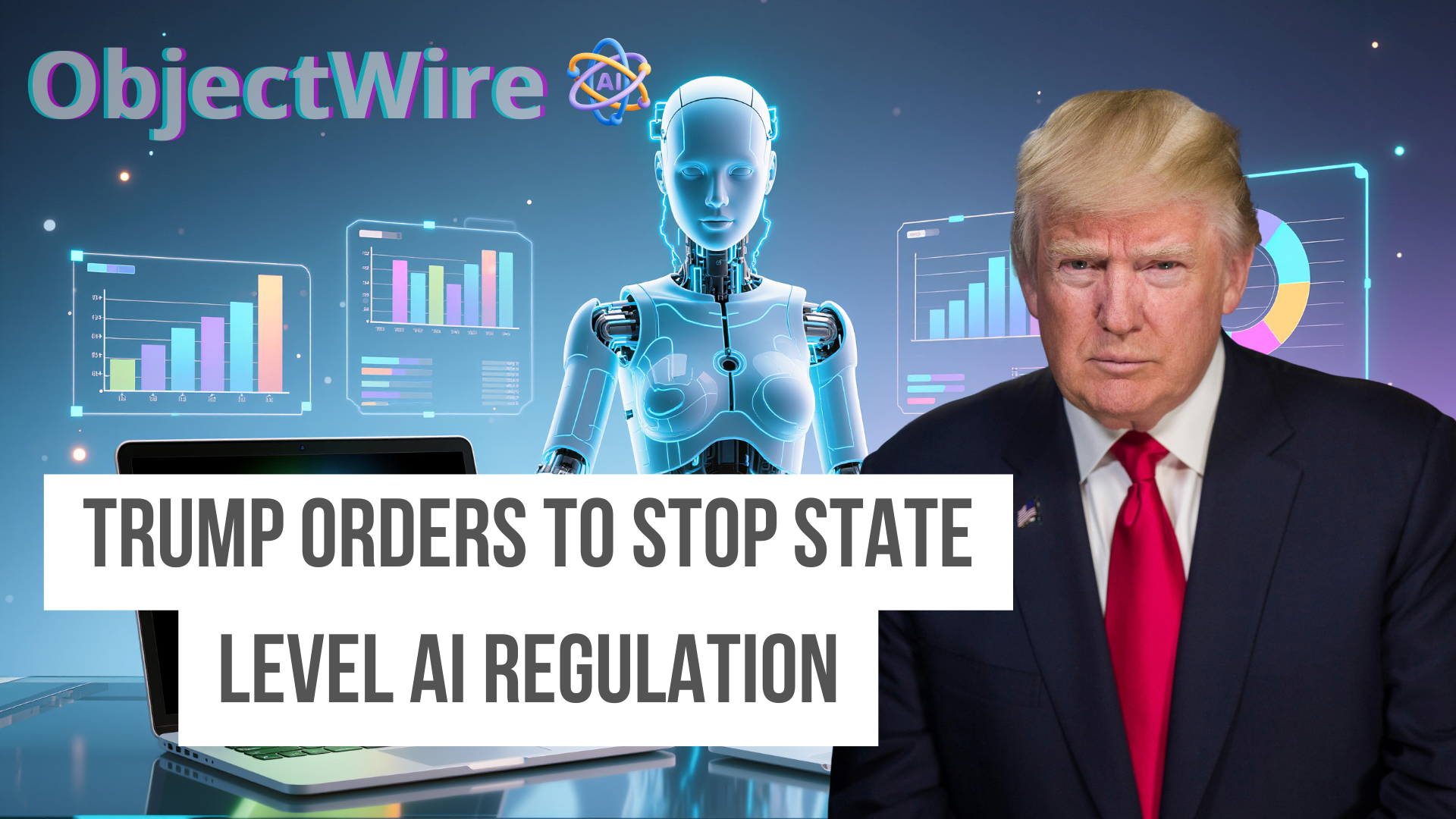Think Your Electricity Bill is High Now? Wait Until AI Really Kicks In...
Are you wondering why your electricity bill keeps climbing? The rise of AI might be to blame.
AI's huge energy needs are straining power grids across the USA, and utilities are passing those costs to everyday homeowners.
Why Homeowners Are Paying More for Electricity in 2026.
Homeowners in the USA are feeling the pinch from AI's growing power demands. Data centers for AI need massive electricity to run, forcing utilities to expand grids and buy more energy. These costs get added to your monthly bill.
For a typical 3,000 square foot home using 1,500-1,800 kWh per month, the average electricity bill in 2025 is about $262-$314 monthly, or $3,144-$3,768 yearly. This is based on the national average rate of 17.45 cents per kWh, as reported by sources on average U.S. electricity rates and electricity costs by home size.
Areas with lots of data centers, like Virginia or Texas, could see even steeper hikes. Low-income families are hit hardest, often choosing between lights and food. The unchecked growth of AI infrastructure means less focus on cheap clean energy, tying your finances to Big Tech's expansion.
Tech Giants Promises vs AI's Electric Hunger
Tech companies like Google and Microsoft talk big about fighting climate change and reaching net-zero emissions. But their AI operations tell a different story. AI's energy demands are boosting fossil fuel use, keeping old coal plants running and possibly building new ones.
This hypocrisy clashes with ideas like the Green New Deal, which pushes for quick switches to renewables. Instead, AI locks in dirty energy sources as models get bigger and data centers multiply. The industry claims to lead in sustainability, but it's speeding up a carbon crisis. Governments and activists struggle to match green goals with AI's endless needs, risking major setbacks in climate targets.
The Shocking Scale of AI Energy Consumption and Its Environmental Impact
AI's energy use is mind-blowing. Training one large model like GPT-3 (175 billion parameters) uses about 1,287 kWh of electricity—enough to equal several transatlantic flights in carbon emissions. A 2019 University of Massachusetts study on AI energy consumption found that training a single AI model can release 626,000 pounds of CO2, five times the lifetime emissions of an average car.
As models grow beyond a trillion parameters, energy needs explode. Everyday AI tasks, like chatbots or recommendations, use even more power over time. Data centers run non-stop with energy-guzzling GPUs and TPUs.
In 2023, global data centers took 1-2% of all electricity, with AI's share growing fast. Key reasons include:
- Model Complexity: Bigger AI needs more computing power.
- Data Center Inefficiency: Cooling systems eat up extra energy.
- Wasteful Designs: Many AI setups focus on speed, not saving power.
By 2030, AI energy demands could double, threatening grids and climate goals worldwide, according to a Goldman Sachs report on AI data center power demand.
Environmental and Economic Hurdles
Solutions for AI's Energy Crisis Seem Out of Reach:
The path ahead looks tough without big changes. Nuclear power could help, but new reactors take 5-8 years to build, and advanced small modular reactors won't scale until the 2030s. Coal might fill the gap, with plants lasting to 2050 and hurting climate efforts. So what is the
solution?
Contact Us




